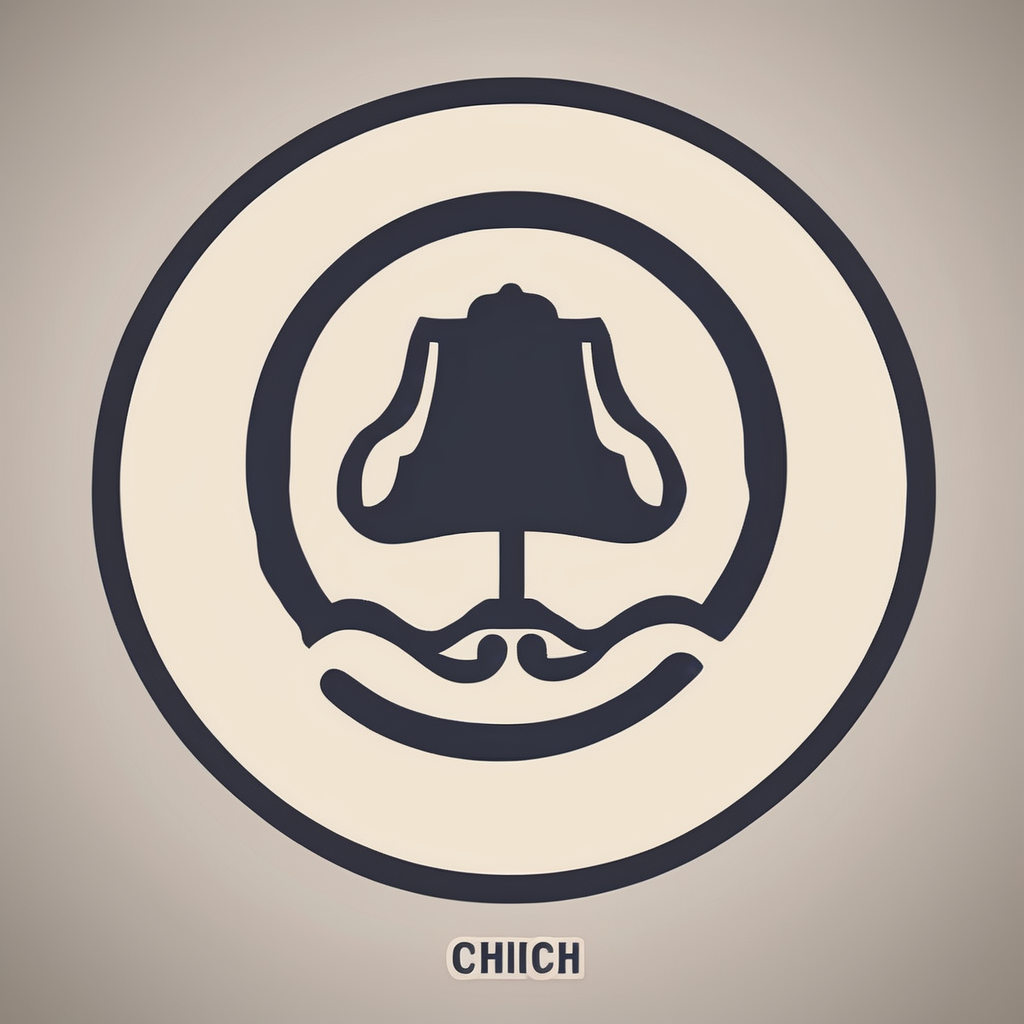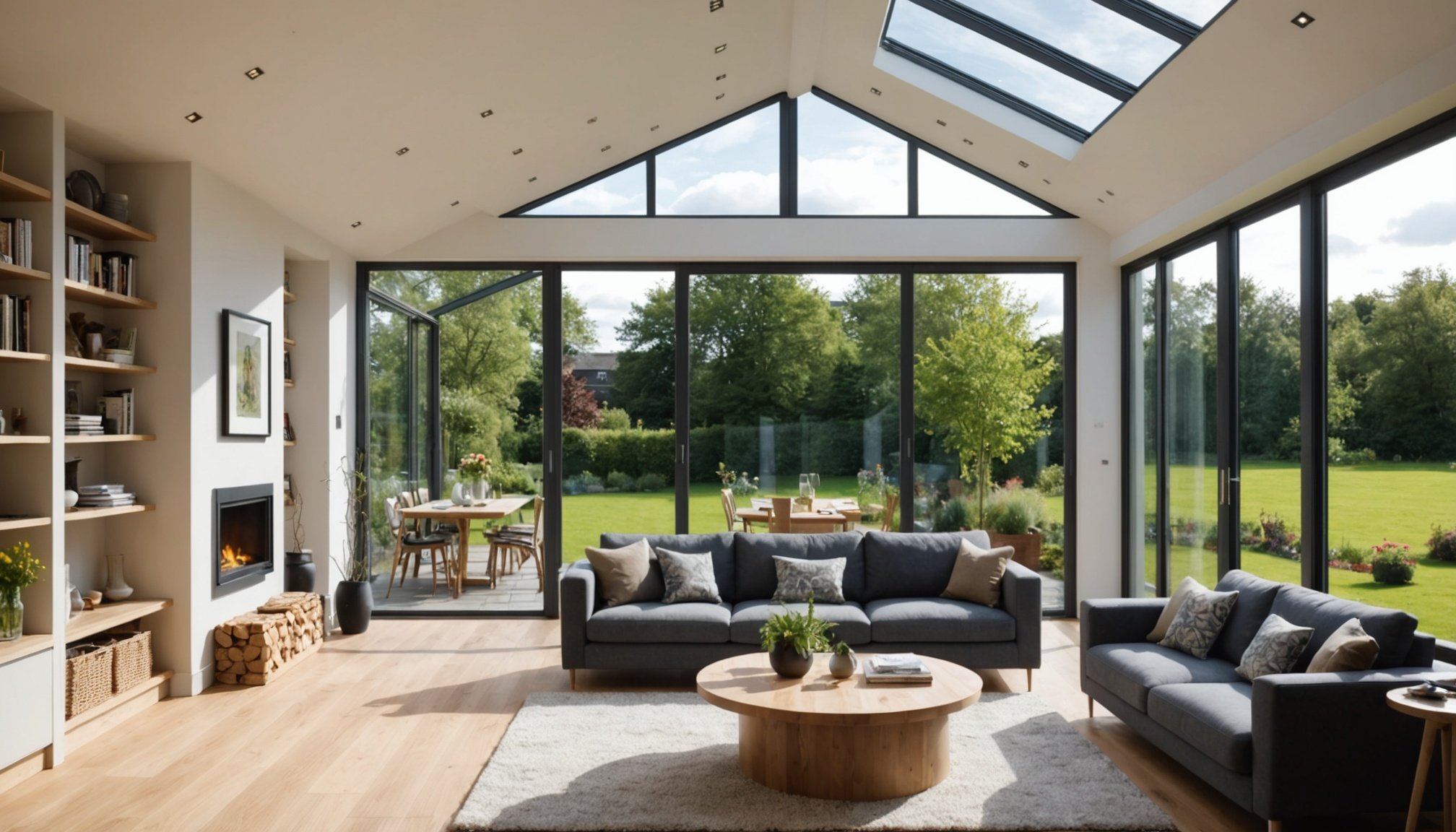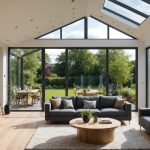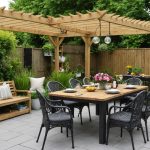Understanding the Challenges of North-Facing Homes in Scotland
North-facing homes in Scotland present distinct challenges primarily due to Scotland’s climate. The orientation of these homes often means limited direct sunlight, resulting in reduced natural light. This can create darker interiors, influencing overall living comfort and potentially increasing the need for artificial lighting. The Scotland climate, known for its typically overcast and cooler conditions, exacerbates this issue, making it difficult for these homes to receive adequate warmth and sunlight.
A common misconception about north-facing homes is that they are always dark and dreary throughout the day. While it’s true that direct sunlight is minimized, it’s crucial to consider various architectural features, such as window placement, which can enhance the upward diffusion of ambient light. Moreover, using reflective surfaces and light-colored interiors can help counteract the shadows cast by the lack of direct sunlight.
Sujet a lire : Discovering Property Investment Opportunities: Assessing the Growth Potential in Glasgow”s Emerging Economic Zones
Many owners of north-facing homes are concerned about energy efficiency, fearing increased winter heating costs. Addressing these concerns with proper insulation and strategic design choices can significantly enhance comfort. Thus, understanding these challenges and misconceptions allows Scottish homeowners to make informed decisions and improve the livability of their north-facing properties.
Design Ideas to Enhance Natural Light
Enhancing natural light not only boosts the aesthetics of a space but also can positively impact our well-being. Let’s explore some effective design strategies for vitalising your living spaces.
Dans le meme genre : Evaluating the Structural Integrity of a Century-Old Edinburgh Townhouse: A Comprehensive Guide
One architectural technique to increase natural light involves open floor plans. By eliminating unnecessary walls, sunlight can flow through the space unimpeded, creating a brighter and more inviting environment. Strategically designed room layouts can facilitate this seamless transition of light from one area to another.
Incorporating mirrors and reflective surfaces is another design strategy that can significantly expand light coverage. By placing mirrors across from windows, natural light can bounce around the room, making it appear larger and more illuminated. Reflective materials in furniture or decor can also amplify this effect, adding a shimmering brightness.
For homes with limited window exposure, skylights and light tubes provide innovative solutions. Skylights positioned in areas prone to shadows can flood a room with vertical light, while light tubes bring daylight to interior spaces that traditional windows can’t reach. These features are not only practical but also add a distinct aesthetic quality to the space.
Implementing these natural light enhancement strategies can transform your environment, fostering a more cheerful and well-lit ambiance.
Choosing Light-Enhancing Colors
Colour psychology can greatly influence your mood and energy levels in your living space. Using light-enhancing colours is a powerful strategy in interior design to create a brighter, more inviting atmosphere.
Best colours for walls and ceilings
Understanding colour psychology helps in selecting the right shades for your walls and ceilings. Whites, off-whites, and light greys are excellent for reflecting light, making spaces appear larger and more open. Soft blues and pastel yellows can also enhance natural light, offering a serene and airy feeling.
Effective use of accents and furnishings
Incorporating accents and furnishings with light-enhancing colours creates balance and interest. Opt for throws, pillows, and rugs in hues like beige or light lavender. These accents not only improve light distribution but also add a touch of personality to the space.
Dos and Don’ts of colour selection
When choosing colours, the effects of warm versus cool tones are crucial. Warm tones, like light peaches and creams, evoke coziness, while cool tones, such as soft greens, can calm and refresh. Use light-reflective paints to maximise brightness, and avoid dark colours, which absorb light, making rooms feel dim and constrained.
Innovative Window Treatments
Incorporating window treatments can greatly enhance both style and functionality in a room. Blinds and curtains are popular choices when looking to manage light and privacy. Various types can maximize light such as sheer fabrics and light-colored options. These allow natural light to enter while maintaining privacy.
Light filtering window treatments are particularly beneficial, as they adeptly balance light and shading. Sheer fabrics are effective at diffusing intense sunlight, creating a gently illuminated environment that is both comfortable and inviting. Opting for light-coloured treatments in neutral or pastel shades can brighten spaces without the glare often associated with direct sunlight.
On the cutting edge are innovative designs that seamlessly marry functionality with flexibility. Dual-layer shades, for example, provide dynamic light control. By adjusting the layers, users can swiftly switch from complete brightness to soft shadowing. Smart blinds also represent a significant step forward, offering programmable settings that align with daily routines and natural light patterns.
These modern solutions ensure a tailored approach to light management, enriching living spaces while meeting individual needs.
Landscaping Strategies to Amplify Light
Creating a garden oasis that maximises outdoor light involves innovative landscaping techniques and thoughtful garden design. Understanding these principles can help transform your garden into a luminous and inviting space.
Selecting the right plants
Choosing the correct greenery is essential to ensure that light reaches every corner of your garden. Select low-growing and sparse-foliage plants to prevent them from overshadowing others. Opt for species that thrive in sunlight, which helps keep the garden sunlit and vibrant.
Designing for openness and light penetration
Plan your garden design with a focus on openness. Arrange plants to afford as much light penetration as possible. This might include spacing plants strategically or incorporating elements that direct and reflect natural light, creating brighter environments under trees and around shadows.
Use of garden structures
Incorporate garden structures like trellises and pergolas intelligently to enhance brightness without obstructing views. These structures can hold climbing plants that add greenery while allowing filtered light to pass through.
- Avoid taller plants that block light.
- Use light-coloured stones and pathways to reflect sunlight.
- Design layered gardens to add depth without compromising light access.
By applying these strategies, your garden can radiate a sun-kissed glow all year round.
Case Studies and Expert Insights
Exploring the dynamics of north-facing homes reveals unique challenges and solutions. Real-world case studies offer a glimpse into successful transformations through innovative strategies. For instance, a property in London underwent a stunning makeover by harnessing natural light and utilizing reflective surfaces. Such examples underscore the potential for creative designs to improve living conditions.
Expert interviews provide invaluable insights into the mechanisms behind these transformations. Interior designers emphasize the importance of colour selection, advocating for lighter shades to enhance light reflection. Architects focus on structural changes, such as installing skylights or enlarging windows, to amplify sunlight penetration. These professional perspectives highlight the nuanced approaches needed for north-facing properties.
Moreover, community feedback on implemented strategies enhances understanding. Homeowners who integrated expert advice frequently report improvements in comfort and aesthetic appeal. Testimonials reflect satisfaction with increased light and warmth, often exceeding initial expectations. Engaging in community forums can provide additional perspectives and shared experiences, enriching the overall knowledge base.
Leveraging case studies, expert opinions, and community experiences showcases how informed decisions can significantly enhance the livability of north-facing homes. Such insights are vital for those wanting to transform their space meaningfully and positively.
Visual Aids and Resources
Visual aids play a crucial role in comprehending the depth of modifications and transformations. These tools, including before-and-after photos and intricate diagrams, offer clarity and insight into how changes can effectively be implemented. By visually representing the transition from initial states to final outcomes, these aids aid in understanding the process and results.
Consider before-and-after photos. They provide a real-life depiction of completed projects, showcasing the evolution and impact of particular adjustments. These images serve as tangible proof of potential, fuelling inspiration and aiding in decision-making.
Diagrams are another valuable resource. They present detailed breakdowns of modifications, often annotating specific elements involved in the transition. This visual representation can demystify complex processes, allowing for deeper comprehension and easier replication.
If you’re interested in embarking on your own project, exploring these visual aids further can be immensely beneficial. Online forums and platforms like Pinterest and Instagram offer a wealth of resources where creators share their successful projects and their visual results. These platforms serve as treasure troves for gathering ideas, visual guidance, and understanding the potential impacts of modifications through clear diagrams and before-and-after photos.











